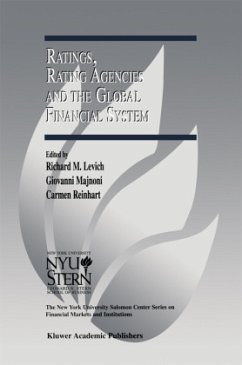
Maladies of the Indian Banking Sector
A Critical Perspective Beyond Npas

PAYBACK Punkte
53 °P sammeln!
"The global financial crisis of 2007-09 highlighted the importance of capital structure for the economy as a whole and for individual firms as well. The ensuing credit and profitability crunch due to the contraction of the global economy made it vitally imperative to understand how the capital structure choices of the firms are affected and what impact these choices have on the functioning of the markets. Since, like in most emerging countries, the capital structure of Indian firms is dominated by bank borrowing, it has become important to understand the role of bank borrowing in a larger cont...
"The global financial crisis of 2007-09 highlighted the importance of capital structure for the economy as a whole and for individual firms as well. The ensuing credit and profitability crunch due to the contraction of the global economy made it vitally imperative to understand how the capital structure choices of the firms are affected and what impact these choices have on the functioning of the markets. Since, like in most emerging countries, the capital structure of Indian firms is dominated by bank borrowing, it has become important to understand the role of bank borrowing in a larger context. Maladies of the Indian Banking Sector provides an in-depth analysis of bank credit allocation to non-financial companies in the Indian corporate sector over a long period of 28 years. The authors also conduct a micro-level analysis in the backdrop of recent banking scams in the country which exposed the fragility and quality of the banks' governance in reducing misappropriation of bank credit. The book brings a broader perspective to assess whether weak banks are rolling over their loans to less-deserving firms and tending to avoid declaring them as non-performing assets (NPAs). It contributes to understanding the nature of the maladies beyond the conventional approach of studying the trends in NPAs and provides a deeper insight into the structural challenges that determine the allocation of bank credit in the economy and of capital formation at large"--













